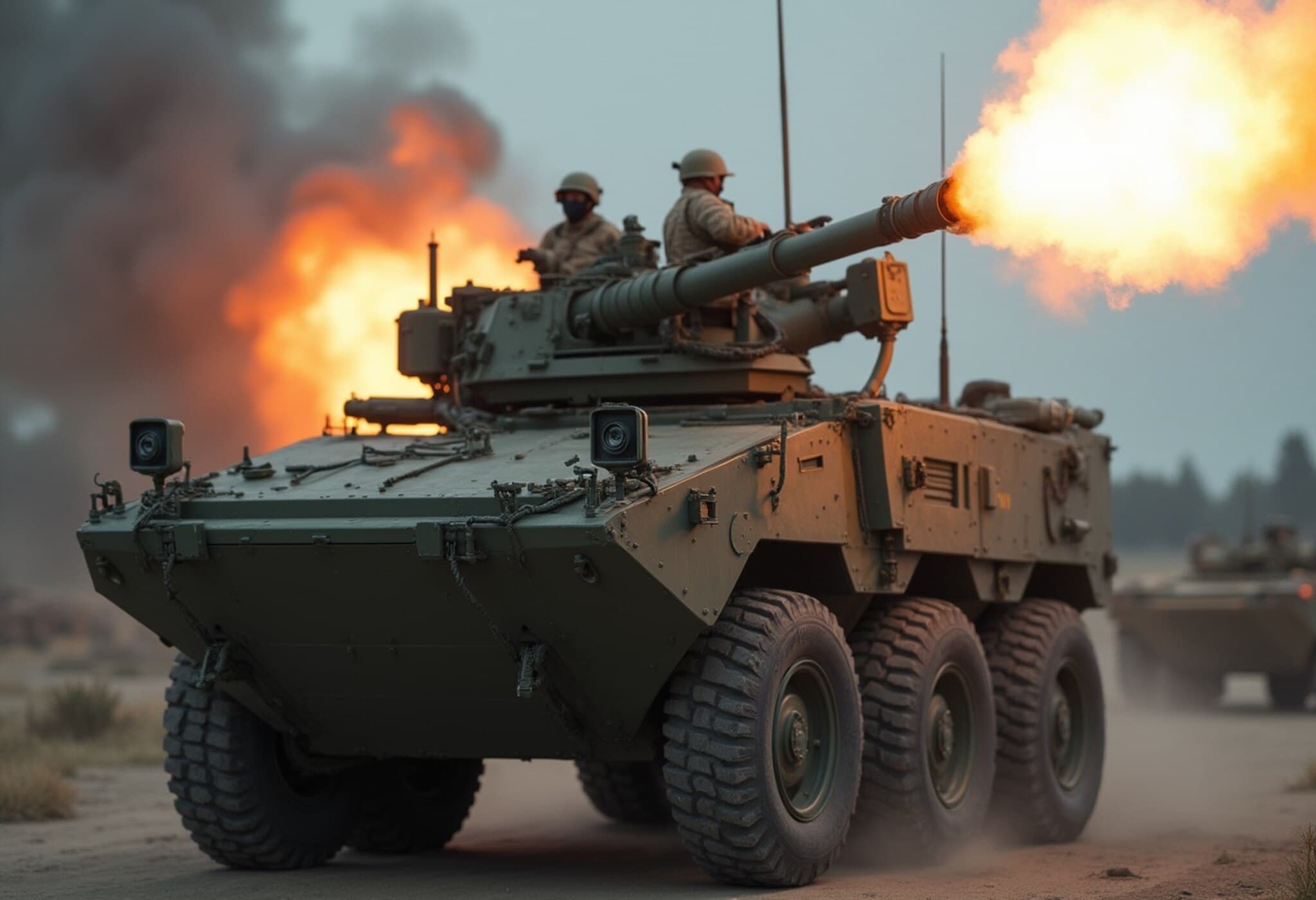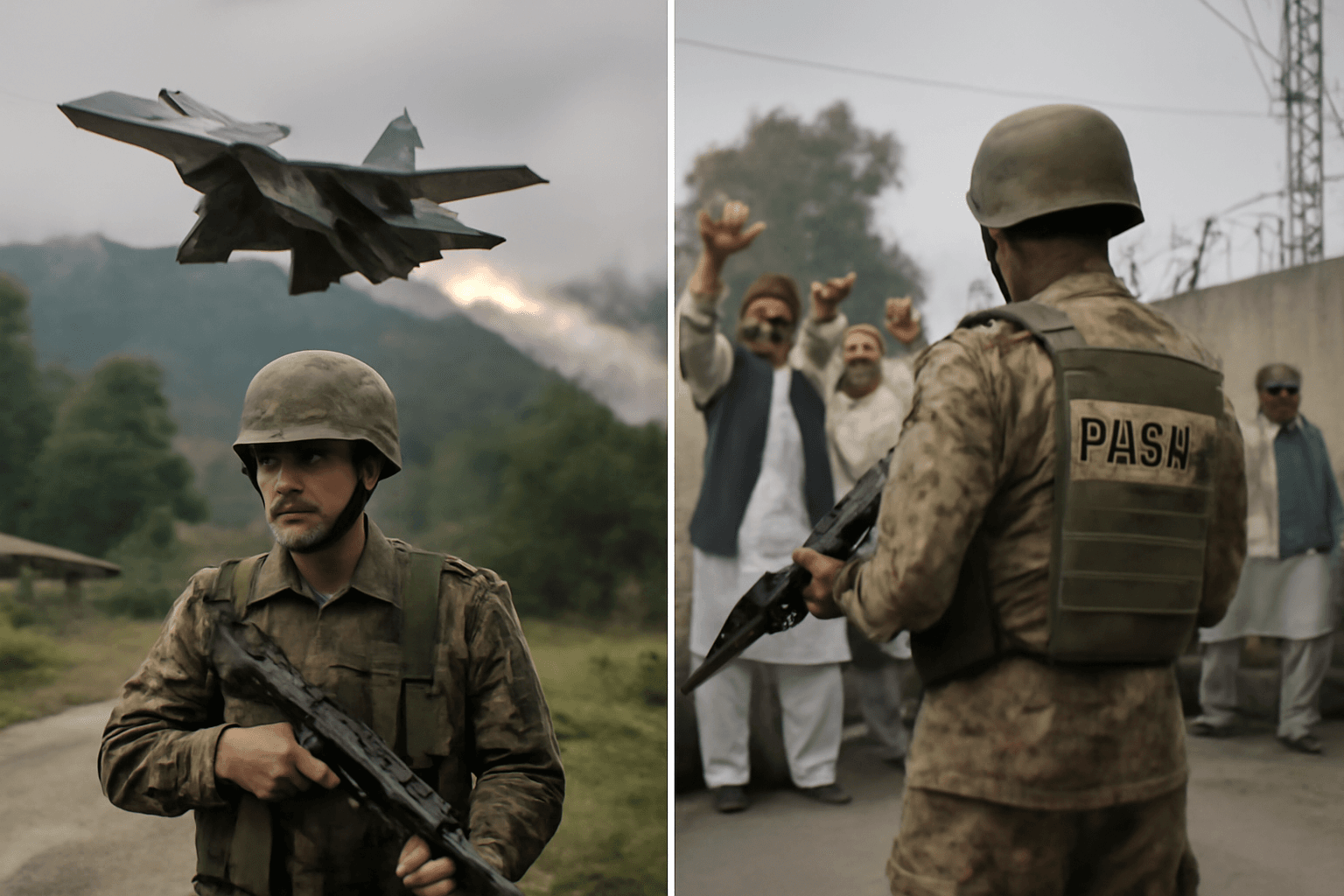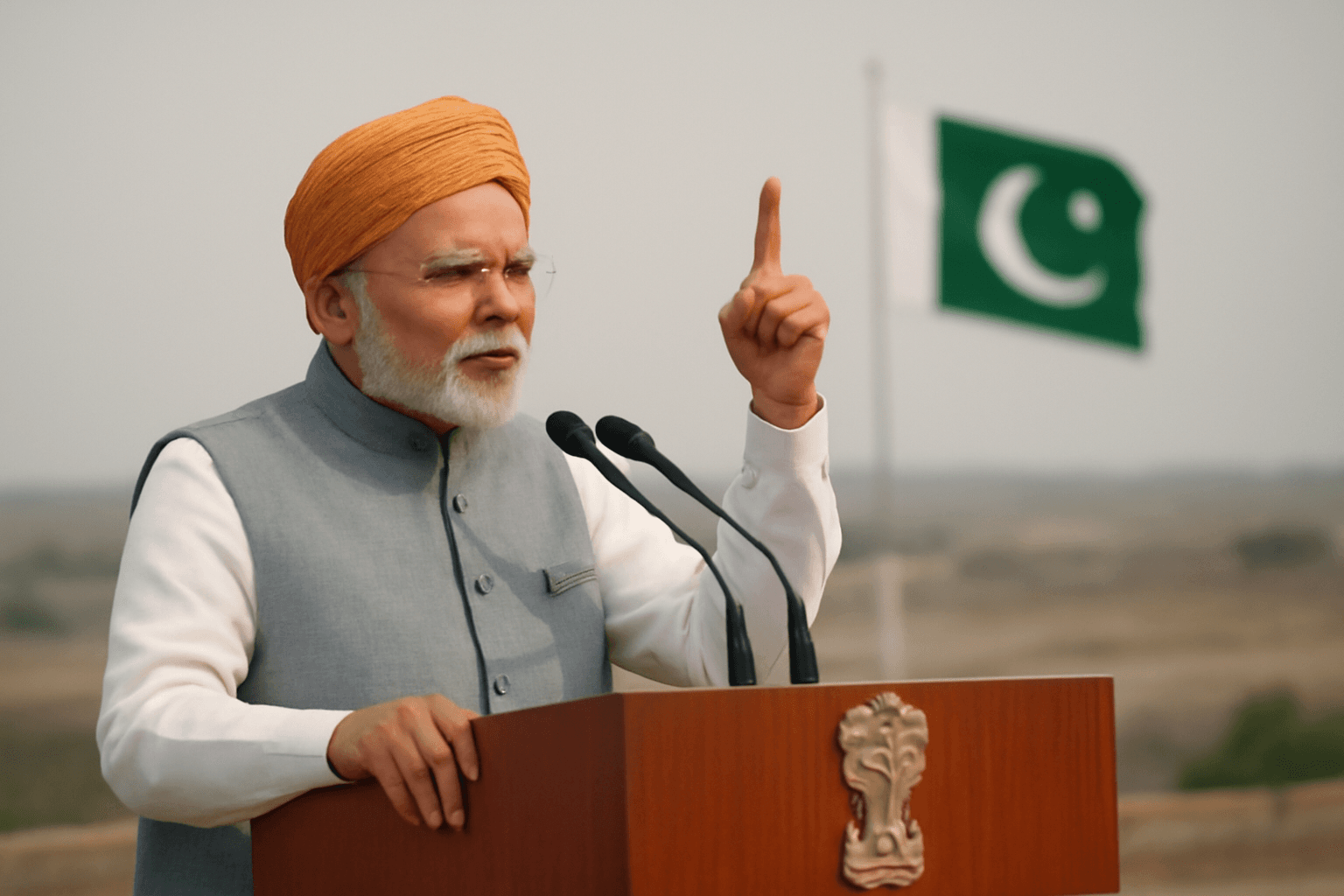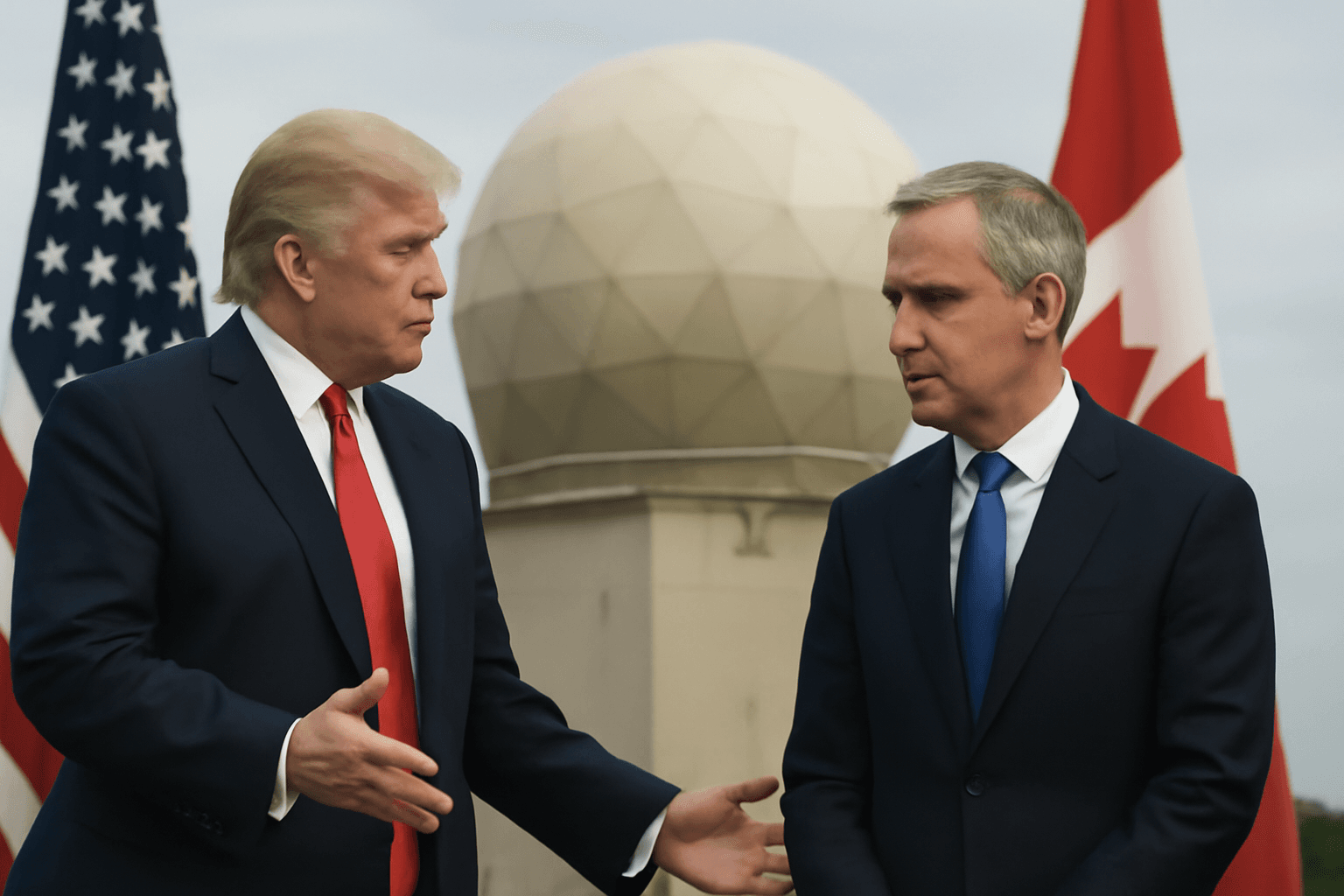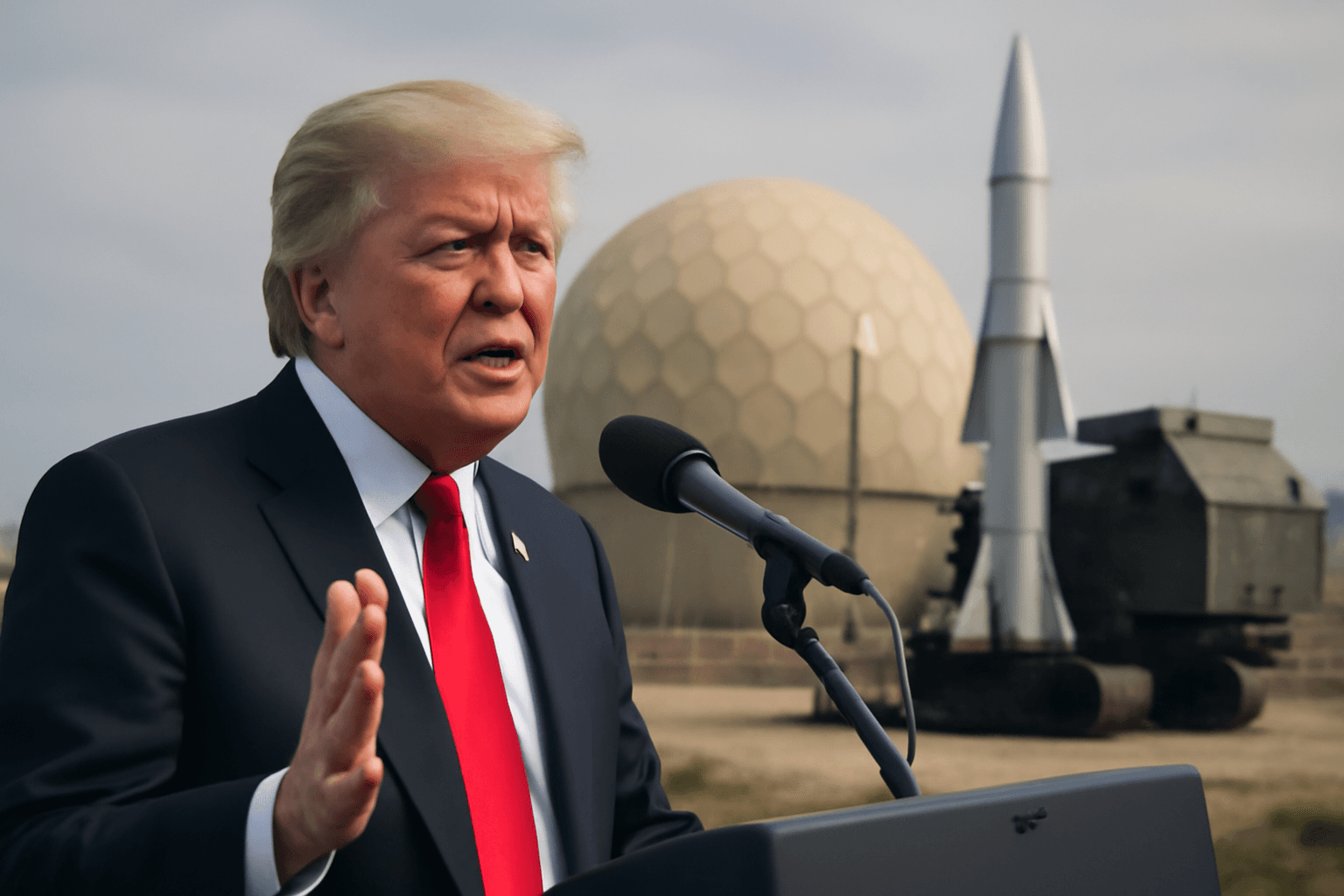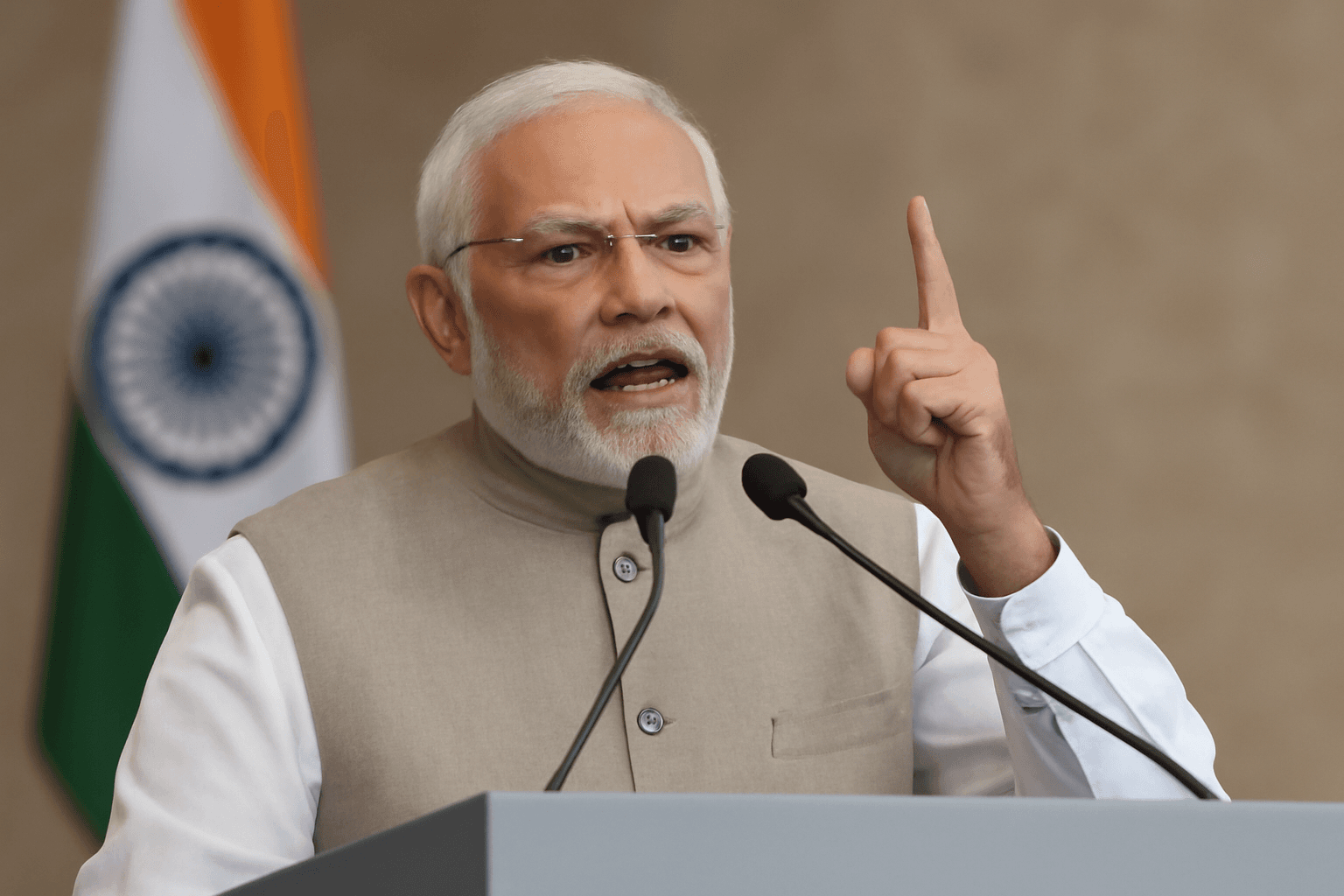Senate Armed Services Committee Greenlights $500 Million in Security Assistance for Ukraine
In a significant move reflecting the United States’ continued commitment to Ukraine's defense, the Senate Armed Services Committee recently approved $500 million in aid as part of the draft 2026 National Defense Authorization Act (NDAA). This marks a substantial increase from the $300 million allocated in 2025, signaling Washington's intent to bolster Ukraine’s resilience against ongoing threats stemming from Russia’s invasion that erupted in 2022.
Why This Funding Matters More Than Ever
The Ukraine Security Assistance Initiative under this bill extends through 2028, offering not just immediate relief but a framework for sustained support. June 2025 alone witnessed the highest civilian casualty figures in three years — with 232 people killed in drone and missile strikes, according to UN reports. With such intensified attacks, the need for advanced defense systems and training has become critical.
The Strategic Role of Patriot Missile Systems
President Trump has publicly announced plans to send Patriot air defense systems to Ukraine through NATO partners. These systems are pivotal in intercepting and neutralizing incoming Russian missiles and drones. Ukrainian President Volodymyr Zelenskyy has expressed a positive rapport with Trump regarding the request for ten such systems, underscoring their importance to Ukraine’s layered air defense infrastructure.
- Supporting Allies: Germany and Norway have pledged financial support to cover the costs of some Patriot batteries.
- Refurbishing Old Assets: A Patriot battery previously stationed in Israel is slated for refurbishment and transfer to Ukraine.
- NATO Stockpiles: The U.S. is encouraging NATO members to loan Patriot systems from their reserves, which would be replenished afterward.
Patriot systems rank among the world’s most advanced air defense tools, costing approximately $1 billion each. Their deployment protects vital infrastructure such as cities, power plants, and military facilities, fortifying Ukraine’s defense against aerial assaults.
Broader Defense and Geopolitical Implications of the 2026 NDAA
The broader National Defense Authorization Act authorizes $925 billion in defense spending, with most funds allocated to the Pentagon’s operations and technology development. The bill aims to maintain the U.S. military's technological edge by investing in artificial intelligence, advanced drones, and hypersonic weapons — areas critical in countering threats from China, Iran, and North Korea.
Additionally, the NDAA mandates that the Air Force retain at least 103 A-10 aircraft, a decision reflecting ongoing debates over military readiness and aircraft modernization.
Trump's Stance on NATO and the Ukraine Conflict
Since resuming office in January 2025, Trump has urged NATO allies to shoulder more financial responsibility for their own defense. He has also voiced frustration at the slow pace of peace negotiations between Ukraine and Russia. While details remain sparse, Trump hinted at a forthcoming "major statement" on Russia, indicating possible shifts in U.S. diplomatic or military strategy.
Meanwhile, Senate figures like Marco Rubio have engaged directly with Russian officials, aiming to promote dialogue to end the conflict, highlighting the complex interweaving of military aid and diplomacy.
Expert Insight: Why U.S. Military Aid to Ukraine Remains Crucial
From a strategic policy perspective, this increased funding is not just a military gesture — it's a signal to adversaries and allies alike about U.S. commitment to democratic sovereignty and European security architecture. As the conflict grinds on, the challenge lies in balancing military support with diplomatic efforts to avoid escalation into a broader conflict.
Experts suggest that while advanced weaponry like Patriot systems enhance Ukraine’s defense capabilities, sustainable peace will also depend on renewed, substantive negotiations bolstered by a united NATO front.
What Lies Ahead?
The approved aid package and additional defense measures in the NDAA will provide Ukraine critical defenses as it faces ongoing Russian aggression. However, they also pose questions about long-term U.S. involvement and the dynamics of international military alliances.
Will this robust support help tip the balance on the battlefield? Can diplomatic channels leverage this momentum toward a peaceful resolution? As this pivotal chapter unfolds, the world watches closely.
Editor's Note:
The Senate's endorsement of a $500 million aid package for Ukraine highlights the complexities of supporting a nation under siege while managing geopolitical rivalries. This increased aid raises essential questions about the sustainability of U.S. military engagement abroad, the role of NATO allies in shared security, and how to reconcile defense commitments with diplomatic solutions. Readers are encouraged to consider how such decisions shape global stability and their implications for future U.S. foreign policy.

